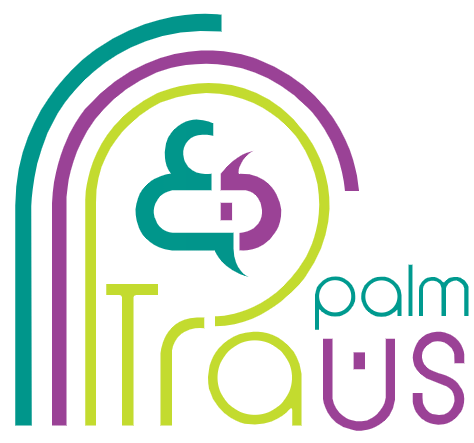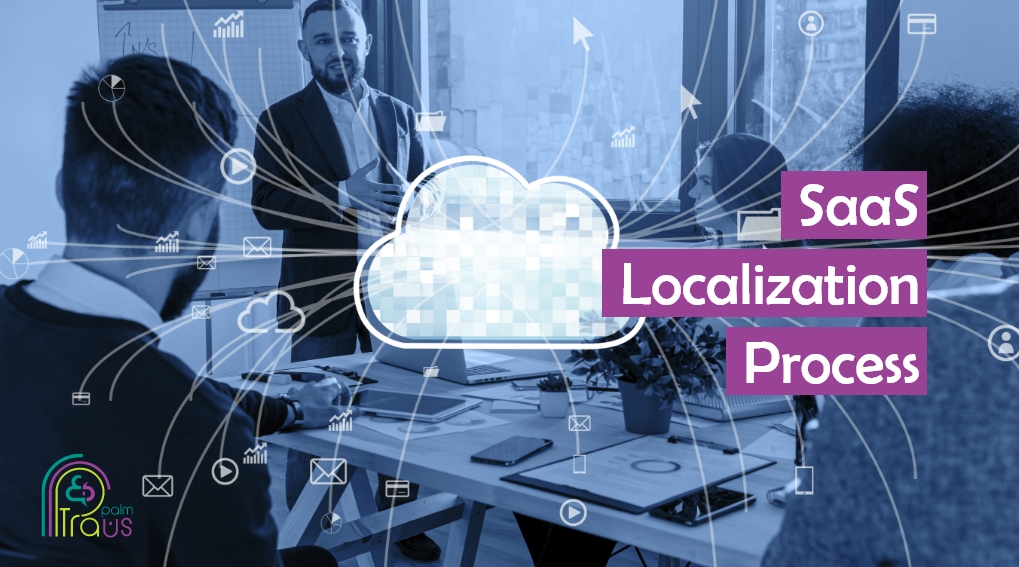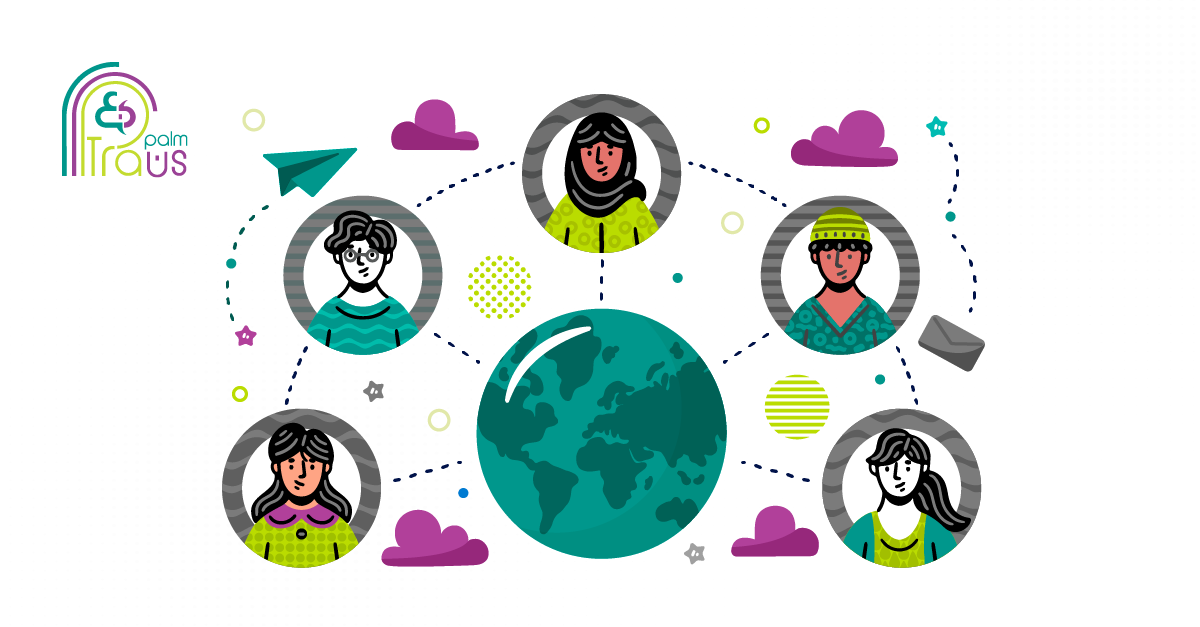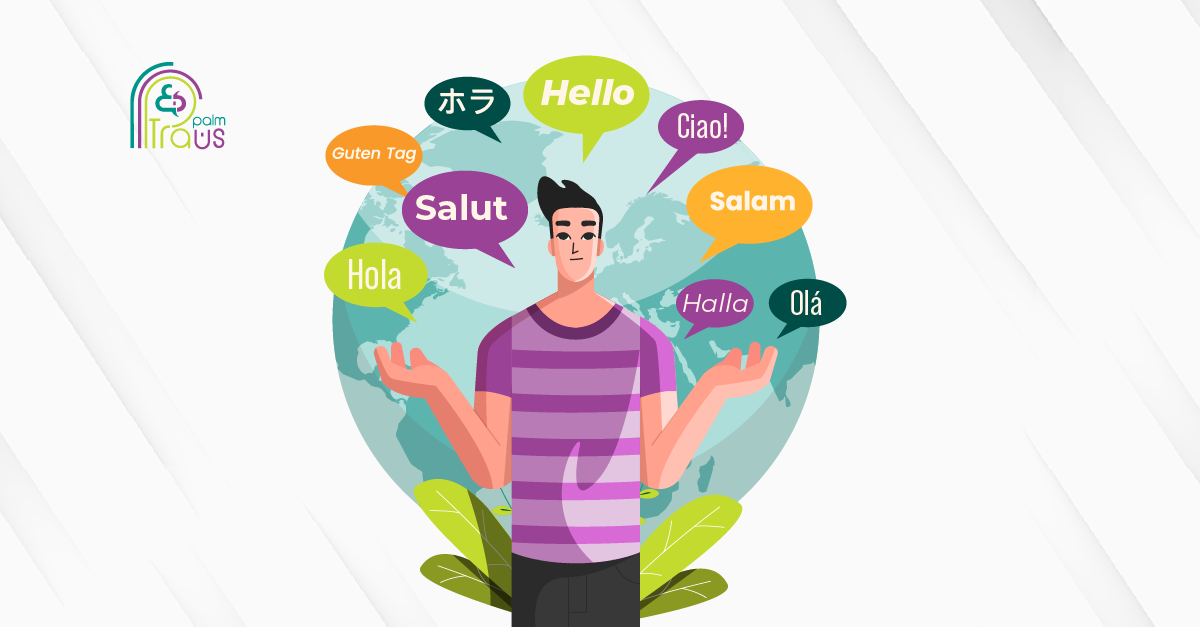The remarkable global domination of Microsoft, one of the world’s largest and most successful technology companies is not just about the quality of its products.
What do you think is the driving force behind this global success? Well, the secret behind this lies in its strategic dedication to meet the needs of global users through localized products and solutions.
In a booming SaaS market that soared to $197 billion in 2023, and is projected to hit $232 billion by 2024, standing out requires more than just a captivating product—it demands a keen understanding of diverse market needs.
For SaaS localization companies aspiring to achieve global recognition and follow in the footsteps of industry giants like Microsoft, comprehensive SaaS localization is your powerful tool to cater to culturally and linguistically diverse users and resonate with them on all levels.
But what does it entail, and how do localization experts execute it effectively? This blog will unveil the essence of app localization services explore its fundamentals, and offer insights with actionable tips to refine your localization process for success in the global arena.
What Is SaaS Localization?
The Basics of SaaS Localization
To make sure your investment in SaaS localization yields the intended outcomes, we have prepared for you a list of the major aspects the process of SaaS localization covers.
Addressing each of the following key components ensures delivering a high-quality, culturally customized experience for your international users.
Language Translation
While translation alone does not ensure users from diverse cultures fully connect with your SaaS product, it still forms the crucial first step in the localization process. Mainly, it sets the stage for a more impactful experience.
During this initial phase, all core interface textual elements should be translated into the native languages of the target audiences, e.g. buttons and menus, to ensure the interface is understandable and accessible for all target users.
However, translation for localization demands more than a straightforward swap of words; it focuses on conveying the message in the most culturally sensitive way.
And only with the foundational translation work completed, the localization team can properly focus on adapting other important aspects including the visual and functional ones, and more.
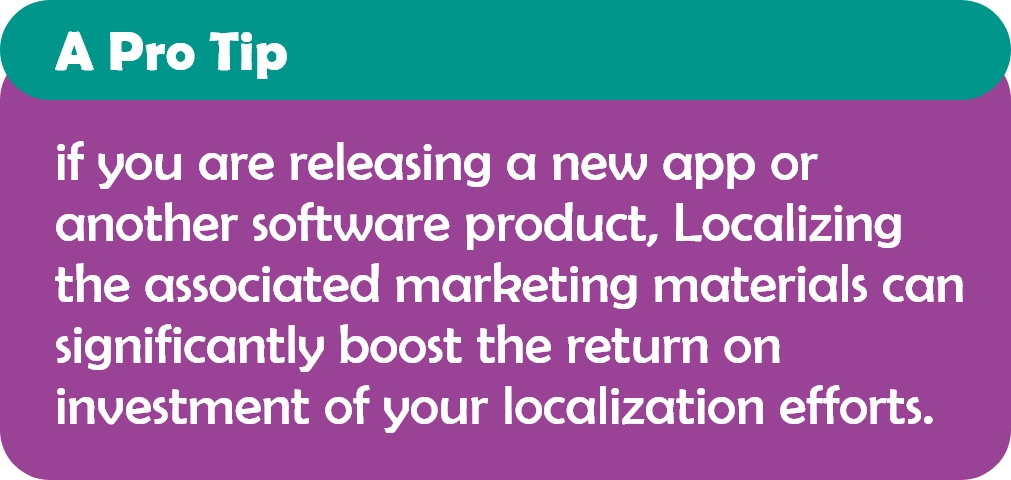
Cultural Adaptation
Though important, even culturally sensitive translation fails to account for important elements that directly influence users’ experience with your software.
For SaaS products, in particular, many of the aspects that shape the digital experience vary substantially according to users’ locations and require careful adaptation to resonate with them.
Let’s have a quick look at some of these region-specific elements.
Date & Time Formats
For instance, in the United States, dates are typically formatted as MM-DD-YYYY and time is expressed in a 12-hour clock format. Conversely, in China, the date format is YYYY-MM-DD and a 24-hour clock is the standard. Adapting these date and time conventions is essential to prevent confusion among users and to optimize their experience with the software.
Payment Gateways & Methods
Payment gateways can vary significantly from one region to another. In the United States, for example, PayPal and Stripe are widely used payment gateways while in China, AliPay and WeChat Pay dominate the market.
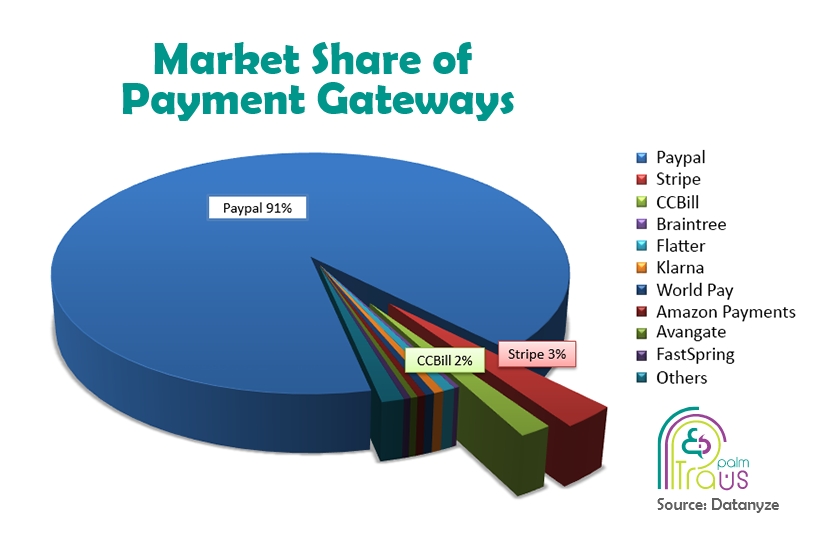
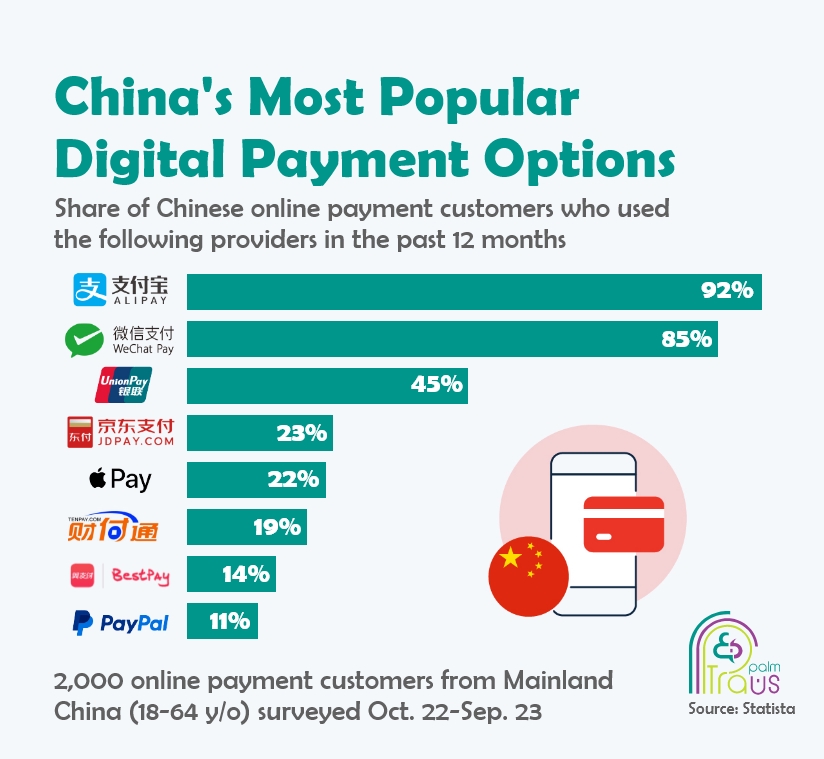
The same also applies to payment method preferences. In the US the most popular online payment methods are E-wallets and credit cards, but this is not the same in India where UPI tops the most preferred online payment methods.
When integrating online payment options into your software, it’s essential to localize the payment methods and gateways to align with the preferences of your target market as part of the software localization process for your SaaS offering.
Prices & Currencies
For software companies, crafting a pricing strategy demands thorough market research to estimate the going rates for similar offerings, which must integrate the local currency of the target market for a satisfying user experience.
Adobe, for example, is currently promoting a 40% discount worldwide—uniform in percentage but not in absolute cost.
In the USA, Adobe’s all-in-one package is priced at $35.99, yet in Egypt, it’s listed for L.E 568.86. A direct conversion would yield approximately L.E 1112.09, but Adobe’s market-sensitive pricing means Egyptian users pay significantly less for such products.
This strategy shows how Adobe recognizes and takes into consideration the economic and cultural discrepancies, adjusting their prices to align with each country’s purchasing power and market conditions.

Device & Operating System Compatibility
Another aspect localization takes into consideration is your software compatibility with different operating systems and devices.
In collaboration with developers and engineers, localization experts make sure to tailor your codebase for seamless functionality across various hardware platforms, from desktop computers to mobile devices.
Additionally, they make sure they optimize your software for diverse operating systems, including iOS, Android, Windows, and others.
Once compatibility is achieved, the next step is to fine-tune your software’s interface to accommodate the unique aspect ratios and screen sizes specific to each device and operating system.
This level of detailed localization ensures that your website or app provides an intuitive and user-friendly experience, regardless of how or where your customers access it.
Tips & Tricks For Seamless & Effective SaaS Localization
As we said before, ensuring your Software-as-a-Service platform launches intelligently in multiple regions requires forethought. From the initial engineering and developing stages, applying strategic practices streamlines later localization efforts.
Below are some tips and tricks that you can follow to help you guarantee your software will be localized in the most seamless, cost-effective ways while enjoying a faster time to market.
Use Language-Specific Resource Files
Structure your SaaS content strategically by separating files according to the language. Organizing textual elements modularly, with distinct files for each distinct language version, can significantly streamline the localization workflow.
Design with Space in Mind
Anticipate text expansion or contraction across languages by designing with ample padding and space in your UI to accommodate these variations.
Ensure Bidirectional Text Support
Accommodate languages with different writing directions by ensuring your UI can handle both left-to-right (LTR) and right-to-left (RTL) text flows.
Select Universal Icons
Choose icons with universal appeal and clear meanings to avoid cultural misunderstandings and ensure cross-cultural relevance.
Avoid Text Embedded in Images
Text within images complicates localization. Prefer text layers over images to streamline the translation process and make future updates more manageable.
Don’t Hard-Code Dates & Times
Use flexible coding practices for date and time to allow easy adaptation to various regional formats during localization.
TransPalm: Seamless and Precise SaaS Localization at Your Fingertips
Boasting over a decade of expertise in over 120 languages, TransPalm is your go-to partner for successful SaaS localization.
As an ISO-certified translation service provider, we are equipped with a team of seasoned professionals who not only comprehend your content but can also translate your message with precision across multiple languages.
For top-tier professional localization services, contact us TODAY to obtain further information and get a quote.
Discuss Your Project with Our Experts.
